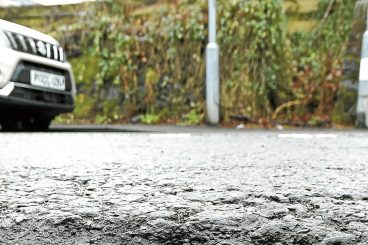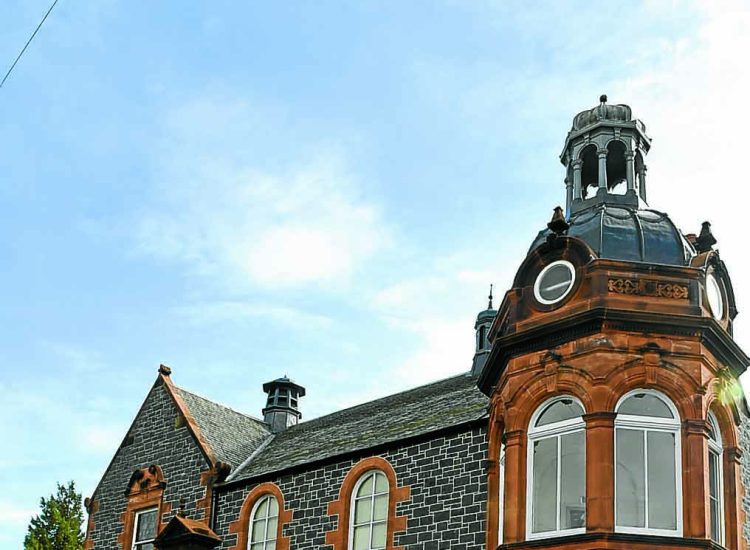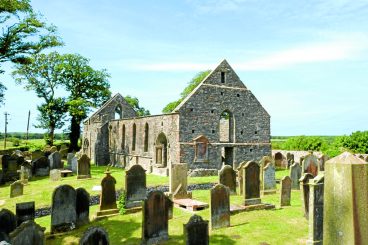PROPOSALS for a new National Park in Galloway could place additional financial and regulatory pressures on small businesses locally which are already struggling, Scottish Land & Estates (SLE) has said this week.
The rural business organisation made the comments in its response to NatureScot’s consultation.
SLE warned that many farms in the area are already surviving on tiny margins and new restrictions may hinder rather than support their ability to operate in the coming years.
Director of policy Stephen Young said: “There are fears the creation of a new National Park will result in another layer of costly regulation, which could make some farms unviable. Many farmers are just scraping by as it is and the cost of complying with further regulations could prove the final straw, particularly for smaller farms. Following on from the impact of the changes to inheritance tax, along with the morass of regulations which already weigh heavily on the sector, a new National Park Authority is the last thing farmers need.”
The organisation expressed concerns about the potential boundary area, which could include sites currently used for forestry and food production.
They pointed to a lack of infrastructure in the area, added bureaucracy and the potential conflict between increased tourism and conservation of the environment as well as querying connectivity, poor public transport systems and if the A75 could cope with extra traffic.
Mr Young added: “We have serious concerns about the consultation process. There has never been an independent assessment of the strengths and needs of the area, to ensure that any benefits arising would build on these, rather than replacing or diminishing them. Similarly there is potential for the legislation which governs National Parks to be amended by the forthcoming Natural Environment Bill.
“There are already a number of bodies, including the UNESCO Biosphere Reserve Partnership, the International Dark Sky Park and South of Scotland Enterprise, all of which have the potential to bring similar benefits to the region, but the option of greater collaborative working to reach mutually beneficial outcomes has not been proposed. Questions remain about whether the Galloway National Park proposal is the best use of scarce public money.
“There is a likelihood of conflicting views and duplication of effort by creating another body with different ideas on land use. Consideration should be given to better partnership working between the existing bodies, rather than creating a whole new entity.”
In addition to agricultural impact, SLE notes that Galloway is currently at the forefront of sustainable forestry in Scotland, amid fears adding further costly regulations could jeopardise the sector and may conflict with the Scottish Government’s target of 21 per cent woodland cover by 2032.
Meanwhile, a survey of SLE members found that 91 per cent within the proposed park boundary were opposed to the plans. Amongst members in the ‘ripple area’ around the proposed boundaries, opposition stands at 67 per cent.























